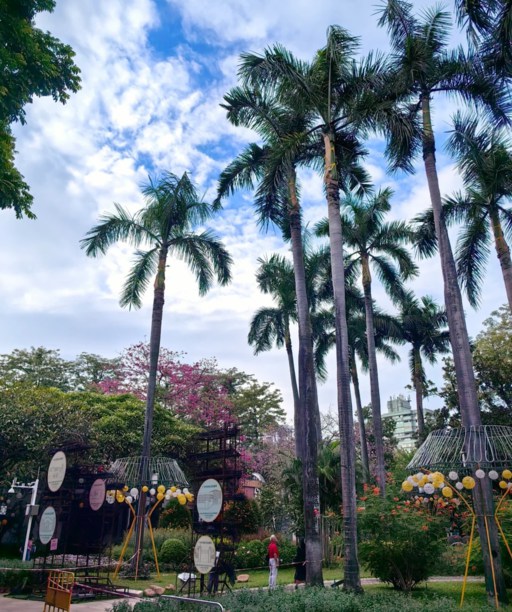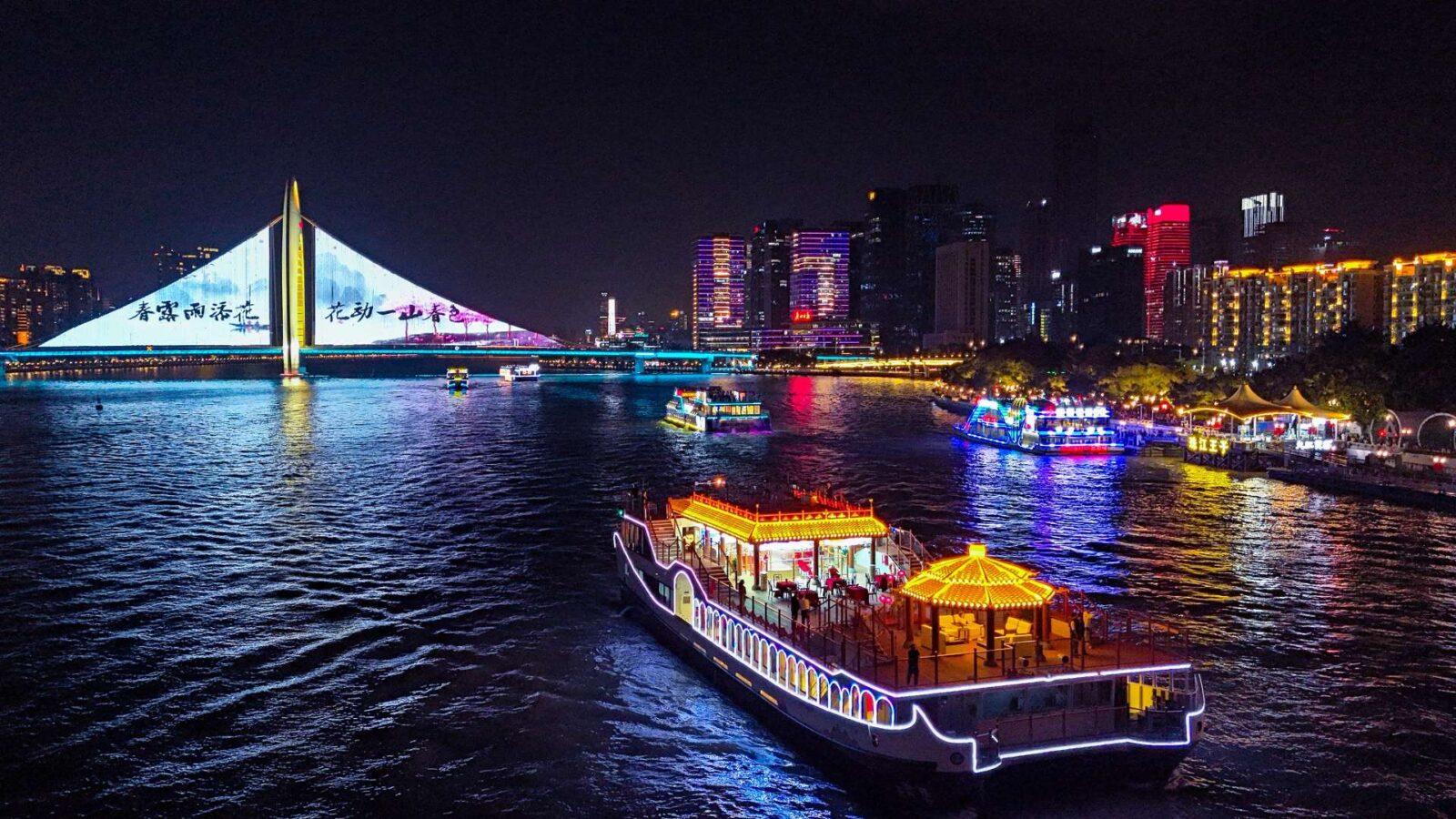Ready to visit one of the world's most exciting cities in 2025? Guangzhou, the "City of Flowers" on the Pearl River, is calling. It's a historic crossroads of trade and culture that effortlessly blends the old with the new. By day, towering skyscrapers pierce the sky; by night, they're decked out in neon lights, their glow reflecting off centuries-old ancestral halls and Lingnan-style buildings. Walking the streets, you'll find the air is thick with the sweet scent of roasted chestnuts and jasmine tea. A 3-day itinerary is the perfect amount of time to explore Guangzhou's charm.
Because it allows for a deep dive into the city's many facets without feeling rushed. This three-day journey offers a balanced mix of action and calm, giving you plenty of time to explore all the worthwhile spots. You'll quickly discover that Guangzhou isn't just a symbol of modern China; it's a living museum of history. The city has a unique glow, carrying the weight of its past while its heart beats with the pulse of a new era.
Day 1: Immerse in the City's Pulse
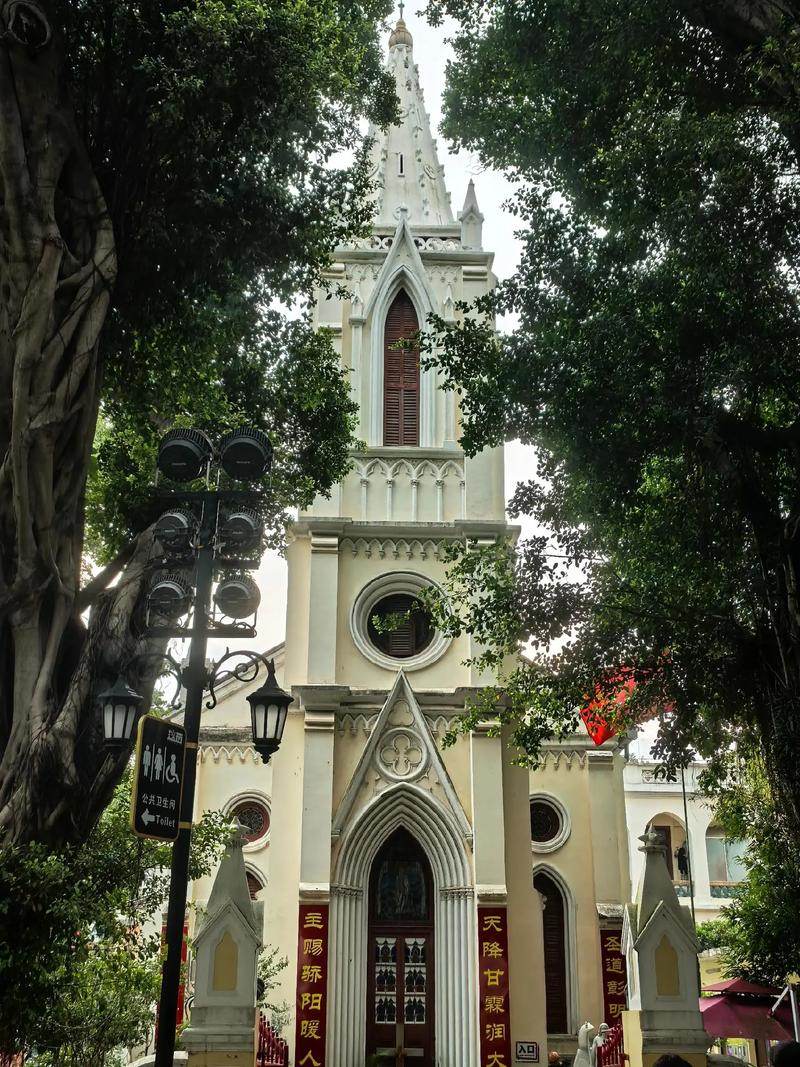
Shamian Island
Shamian Island and Qingping Market
Begin your itinerary with a leisurely walk around Shamian Island, leafy avenues and colonial facades transporting you to a different time. The pastel buildings were once foreign consulates, and today they offer a soothing respite from the city’s frantic pace. Couples pose for wedding photos in front of old villas here, kids zip along tree-shaded lanes on scooters there. The air is scented with roasted coffee — sold in tiny cafés hidden in restored mansions — and it’s easy to linger here longer than intended.
A short walk away is Qingping Market, one of Guangzhou’s most captivating traditional markets. There are stalls filled with dried seafood, medicinal herbs and fresh fruit, stacked in pyramids of bright colors. I once walked past a vendor roasting chestnuts in a massive iron drum, the sweet smoke billowing out into the street and drawing a curious crowd. Shopping here is about more than just shopping; it’s about observing the rhythm of local life, haggling with a smile and perhaps taking a quick bite to keep going. Beginning your journey with Shamian and Qingping prepares you well for an active Guangzhou itinerary.
Entrance Fee: Free
Location: Shamian Island, Liwan District; Walking distance to Qingping Market beyond Qingping Road
Transport: Metro Line 1, stop at Huangsha
Want to see colonial streets and tree-lined boulevards in Guangzhou? Read Shamian Island Guangzhou: A Complete Guide to This Historic Guangzhou Attraction
Beijing road pedestrian street
Your next destination is Beijing Road, one of the most bustling shopping streets in Guangzhou. Picture strolling through a blend of high-end malls, neighborhood snack stalls and concealed glass panels showcasing unearthed centuries-old stone roads beneath your feet. It’s a history lesson-meets-shopping spree all in one. If you’re looking for what to buy in Guangzhou, you’ll find it all here — from hip fashion boutiques to traditional herbal teas and souvenirs.
It's always buzzing and neon signs gleam overhead while street performers entertain passersby. You could snag a bubble tea, taste some freshly made rice noodles and then swoop into a glossy department store for a fast shopping fix. It’s the juxtaposition of ancient ruins and modern retail that makes Beijing Road such an entertaining part of your Guangzhou trip.
Getting there: Take Metro Line 6 to Beijing Lu Station
Taxi: Roughly 20 RMB from Yuexiu Park
Looking for Guangzhou’s trendiest heritage spot? Discover Yongqing Fang in Guangzhou: Where Cantonese Heritage Meets Modern Hip 2025
Cruise along the Pearl River
Conclude your first day with a mystical night cruise of the Pearl River. As the boat ribbons through the water, the skyline of Guangzhou lights up, neon reflections bouncing off its diminutive skyscrapers. All eyed are on the Canton Tower, which is illuminated as a rainbow and dominates the night view. You’ll feel the cool breeze, hear the city's hum and see how historic bridges and modern skyscrapers shine side by side.
This is definitely one of the romantic and unforgettable experiences in any Guangzhou itinerary. From a ship, cruise passengers have a different view on the city, in all its pockmarked glory.” Whether you’re traveling with friends, family, or a partner, “There’s no bad way to spend time on that ship. Do not leave home without your camera — the skyline shots alone are Instagram gold.
Ticket Price: 70–200 RMB (Trip. com deal here)
Best Boarding Point: Tianzi Wharf (Metro Line 6, Beijing Lu Station.)
Day 2: Uncover History and Culture
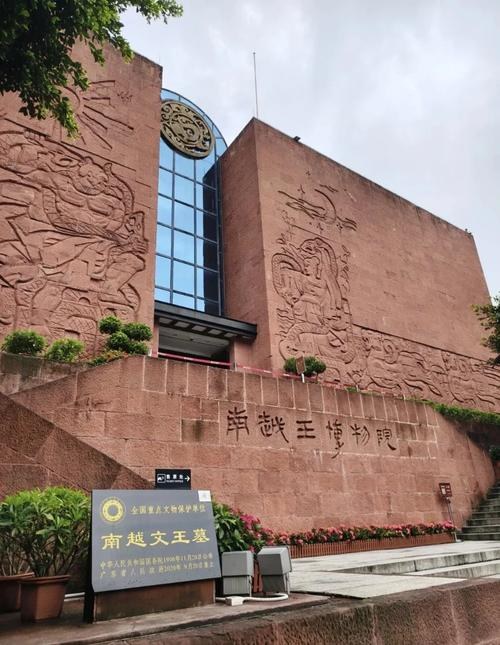
Mausoleum of the Nanyue King
Chen Clan Ancestral Hall
Begin day two by entering the Chen Clan Ancestral Hall complex, a late-Qing dynasty treasure of traditional Lingnan architecture. When you pass through its gates, you are met by elaborately carved wooden beams, vibrant ceramic tiles and stone sculptures chaacterized by stories of Chinese folklore. Known as the “most beautiful place in Guangdong,” the hall is now home to the Guangdong Folk Art Museum, where visitors can browse through embroidery, clay ware, and wood carvings displaying the region’s skills.
As you walk through the courtyards, the weight of history presses down on you. The temple was constructed by the Chen family for worship as well as for learning and clan meetings. Today, it’s one of the best places to get a sense of Guangzhou’s deep cultural roots and a must for any Guangzhou itinerary that appreciates tradition and art.
Entrance Fee: 10 RMB
Address: 34 Enlong Li, Zhongshan 7th Road, Guangzhou
Get there: Metro Line 1, Chen Clan Academy Station
Mausoleum of the Nanyue King
Next, plunge into the Han dynasty at the Mausoleum of the Nanyue King, the tomb of Zhao Mo, the second king of Nanyue. Inside, you will encounter the famed jade burial suit sewn together with silk threads, an object of awe for most visitors. The museum, most attractively laid out, has underground galleries where ancient relics, bronze vessels and cultural artefacts bring the past of southern China to vibrant life.
Passing down the tomb’s corridors is like stepping back in time over 2,000 years. There’s a reverent hush to the place, and you’ll find yourself conjuring up the grandeur of the kingdom that once reigned here. It's a must-visit Guangzhou attraction for history enthusiasts.
Admission: 12–15 RMB, for sale on Trip. com
Address: Yuexiu District Jiefang North Road
Transport:Metro Line 2, Yuexiu Park Stop
Yue Xiu Park and Five-ram statue
If you didn’t get a chance to visit on Day 1, or want to soak up a little more of the local spirit, then Yuexiu Park is worth another mention in your Guangzhou itinerary. This time, take it slow. Take a seat under a banyan tree, observe elderly couples rehearsing traditional dances or listen to locals serenade on erhu. Standing proudly at the center of the park is the statue of the Five Rams, which at sunset, looks like it's in a whole new light.
It’s an ideal salve for the tedium of a day spent museum hopping with some open-air relaxation. History, myth and modernity all collide in the park — a microcosm of Guangzhou itself.
Entrance Fee: Free
Transport: Metro Line 2, Yuexiu Park station
Day 3: Experience the Old and New
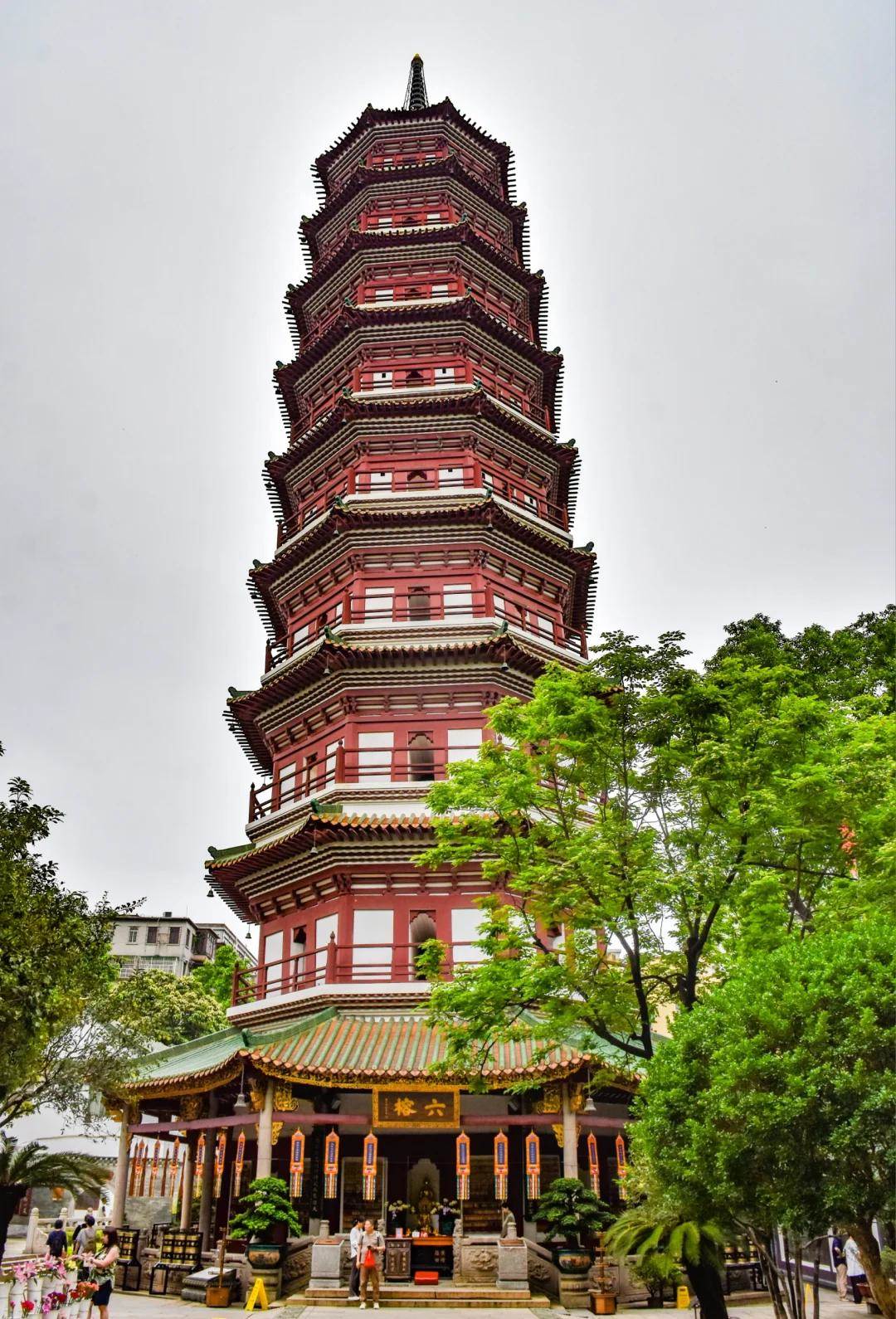
Temple of the Six Banyan Trees
Huacheng Square and Guangzhou Opera House
On your last day, step into Huacheng Square, the beating heart of modern Guangzhou. This vast plaza is lined with fountains, greenery, and soaring towers that sparkle at night. Families gather here, children race on scooters, and the lively atmosphere makes it a true showcase of the city’s energy. The Canton Tower looms nearby, while the Opera House with its futuristic curves looks almost like it belongs to another planet. Standing in the square, I felt both the weight of a global city and the playfulness of local life.
To embrace the cultural side, head straight into the Guangzhou Opera House. Designed by Zaha Hadid, its bold lines and glass angles create an otherworldly feel. Even if you don’t watch a performance, wandering its public spaces gives you a sense of Guangzhou’s artistic ambition. I once joined a guided tour here, and hearing about the design choices while standing inside felt like peeking into the city’s future. Ending your Guangzhou itinerary with Huacheng Square and the Opera House perfectly reflects the theme of old meeting new, tradition meeting innovation.
Address: Huacheng Square, Tianhe District
Getting there: Metro Line 3/5, Zhujiang New Town Station
Traditional Cantonese Flavors
If your visiting Guangzhou, enjoying its famed food culture should be at the top of your agenda. Begin with a proper dim sum breakfast — hot baskets of shrimp dumplings, barbecue pork buns and silky rice rolls. 'We take our yum cha (tea and dim sum) seriously and at lively teahouses, it's a spectacle to join locals in doing the same. Later in the day, get roast goose with skin the color of toffee, crisp on the outside, juicy within; or cool off with a bowl of double-skin milk dessert.
The food in Guangzhou is cheap and delicious. Eating is delicious in many local restaurants that serve gourmet meals from 40–80 RMB per person, and you can get recommendations easily on local apps like Dazhong Dianping or Trip. com. (It’s true, oysters are great, but food really seems to be at the heart of this city, and it’s often what people visiting remember most.)
Temple of the Six Banyan Trees
Finish your trip at the Temple of the Six Banyan Trees, a religious facility dating from the year AD 537. The flower pagoda is the landmark building of the temple,70.5 meters high,as if a tall and straight condescend, quiet and elegant tiers. As you wander through the courtyard, you'll be welcomed by the smell of incense, the sight of bright prayer flags flapping in the wind, and the sound of monks chanting quietly.
It’s also a tranquil, end-of-your-Guangzhou itinerary good place to take a moment of reflection before heading home. The temple will make you remember that Guangzhou’s charm isn’t all in the bustle of its streets, but also in the quiet corners where you can see the echoes of history and spirituality here.
Entrance Fee: 5 RMB
Location: 87 Liurong Road, Yuexiu district
Station: Gongyuanqian, Metro Line 1
Wondering how to turn your Guangzhou journey into lasting memories? Start with Top Experiences in Guangzhou: 16 Things to Do for an Unforgettable Trip
A Day of Culinary Exploration
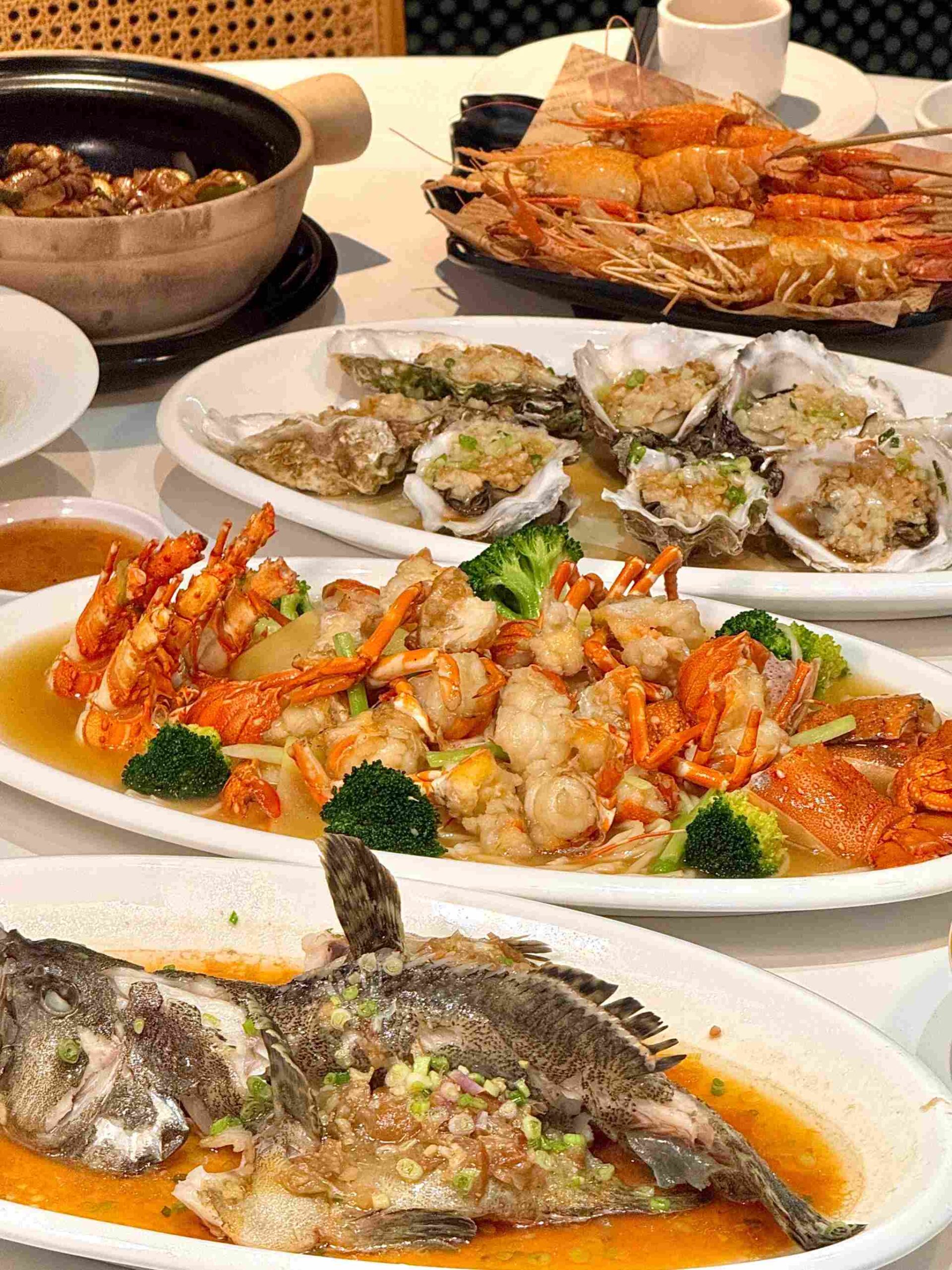
seafood
Morning Dim Sum Feast
Kick things off with dim sum, a ritual that should define any itinerary in Guangzhou. Teahouses are up and running and locals fill the rooms with chatter while staffers push carts piled high with bamboo steamers. Within, there are shrimp dumplings, pork buns and silky rice rolls, and all come steaming with the scent of the fresh. I’ll never forget joining an elderly couple who laughed and showed me the “correct” way to dip dumplings in soy. You’ll pay somewhere between 40–80 RMB per person, but that seems like a small cost for such a cultural breakfast.
Afternoon Noodle Stop
Take a midday break for a bowl of beef brisket noodles. Numerous little shops tuck into side streets off of Beijing Road, and the broth simmers all morning, perfuming the lane with a reassuring scent. But on my trip, I discovered a place with plastic stools, locals slurping happily, and for some reason, I felt like I was a moment in their daily rhythm. A big bowl will set you back about 25-40 RMB and is definitely one of the cheaper things to™expert recommended on your Guangzhou itinerary.
Evening Seafood Dinner
The focus in the evening is seafood. Make your way to a riverside restaurant in Haizhu District, where you can select from tanks of live fish and crabs just waiting to be freshly cooked. (You can also take your pick and watch it cooked to order with garlic and chili.) The one time I attempted spicy salt-baked prawns, the flavor haunted my taste buds, well after the meal was gone. A dinner here might cost 100–200 RMB per person, but it’s such a memorable way to end your Guangzhou itinerary while taking in city lights across the water.
Practical Tips for Your Guangzhou Itinerary
Getting Around
It’s so easy to get around Guangzhou in 2025. The subway is quite fast and clean and for a cost of about 2-8 RMB, depending on your final stop. Download apps such as MetroMan or Baidu Maps for easy travel — both now have English versions that will make life easier. If taxis or ride-hailing services are more your style, DiDi was once again available in full force and can be connected to international cards through Alipay.
For easy travel, consider purchasing a local SIM card or eSIM. When you have mobile data, you can book train tickets online, translate menus or call a ride without stressing. With them, getting around Guangzhou is less a chore than part of the adventure.
Where to Stay
There is no shortage of accommodation in Guangzhou which accommodates international visitors. If you want your history with creature comforts, the White Swan Hotel on Shamian Island is a classic option. Rooms are very reasonably priced from ¥900–1200 / night and can be easily booked through Trip. com. For something more contemporary, consider looking into the Grand Hyatt (in Tianhe District), where rooms run about 1200-1600 RMB/night. And you’ll have sweeping views of the Canton Tower, lighting up at night.
Where you stay depends on your vibe — do you want charm (Shamian), luxury (Tianhe) or close to everything (else)? Either way, once you have a good base, your Guangzhou itinerary will feel much more streamlined.
FAQs about Guangzhou Itinerary
Q: How many days should I allow for my guangzhou itinerary?
A: Three days usually hit the sweet spot for a Guangzhou itinerary. On the first morning, I like to walk through Yuexiu Park, feel the damp breeze under the banyans, and take a photo at the Five Rams Statue. Day two works best for culture: the Chen Clan Ancestral Hall with its carvings, and the Mausoleum of the Nanyue King with jade relics that glow softly under lights. Day three balances Shamian Island’s colonial streets with the calm of the Temple of the Six Banyan Trees. Three days let you taste food, history, and the city’s rhythm without rushing, though I always wish for one more evening by the river.
Q: What’s the best way to get around Guangzhou?
A: Travel in Guangzhou is easier than most expect. For any Guangzhou itinerary, the metro is the backbone: fast, clean, cheap, and just 2–8 RMB a ride. Signs are in English, which helps. If your arms are full of Beijing Road shopping bags, call a Didi on your phone and pay through Alipay with your VISA or MasterCard. I once grabbed one after a Pearl River night cruise, and the driver even pointed me toward a noodle shop still open at midnight. Between metro and ride-hailing, you save time and energy for what matters — exploring.
Q: Can tourists use Alipay in Guangzhou?
A: Yes, and it changes the game for a Guangzhou itinerary in 2025. Foreigners can link VISA, MasterCard, or JCB cards directly in the Alipay app, no local bank account needed. I tested it on a bowl of wonton noodles, scanning the QR code in a tiny family shop, and the payment went through instantly. Even small stalls selling fruit or skewers accept it. With Alipay working, you move like a local and avoid the stress of cash.
Q: What are the best places to see on a guangzhou 3 day itinerary?
A: A three-day Guangzhou itinerary should include the classics. Yuexiu Park and the Five Rams Statue glow in the morning light. Beijing Road mixes old roads under glass with neon malls. A Pearl River night cruise costs around ¥150 and shows the Canton Tower lit like a rainbow torch. Day two fits the Chen Clan Ancestral Hall and the Nanyue King’s Tomb. On your last day, stroll Shamian Island’s leafy lanes before finishing at the Temple of the Six Banyan Trees. That mix feels full and satisfying.
Q: Is Guangzhou a good city for foodies?
A: Absolutely. Any Guangzhou itinerary should revolve around food. Dim sum mornings bring shrimp dumplings, pork buns, and rice rolls. I once sat in a teahouse near Tianhe, steam fogging my glasses while locals argued cheerfully over tea. Lunch might be roast goose with skin that cracks like autumn leaves. For dessert, the famous double-skin milk costs about ¥25 and soothes the heat. Later at night, street vendors grill skewers and flip sesame pancakes that stick sweetly to your fingers. Food here is memory, culture, and daily life all at once.
Q: How can I book tickets in advance?
A: Planning ahead saves time in a Guangzhou itinerary. Apps like Trip.com let you book Canton Tower tickets from ¥150 or Pearl River cruises in English. I bought mine before heading to the wharf and skipped a line that snaked down the pier. Others still buy on the spot, but weekends get packed and you’ll waste an hour. Book online and you’ll have more freedom for wandering markets or sitting down for an extra dim sum meal.
Q: Do people in Guangzhou speak English?
A: Some do, especially in hotels, shops, and main tourist stops on your Guangzhou itinerary. In small noodle stalls or wet markets, English is rare. I often pointed at photos or used Baidu Translate. Locals were patient, sometimes even amused by my attempts. Those moments, awkward at first, turned into warm memories. Don’t worry too much — gestures, smiles, and a bit of curiosity go a long way here.

